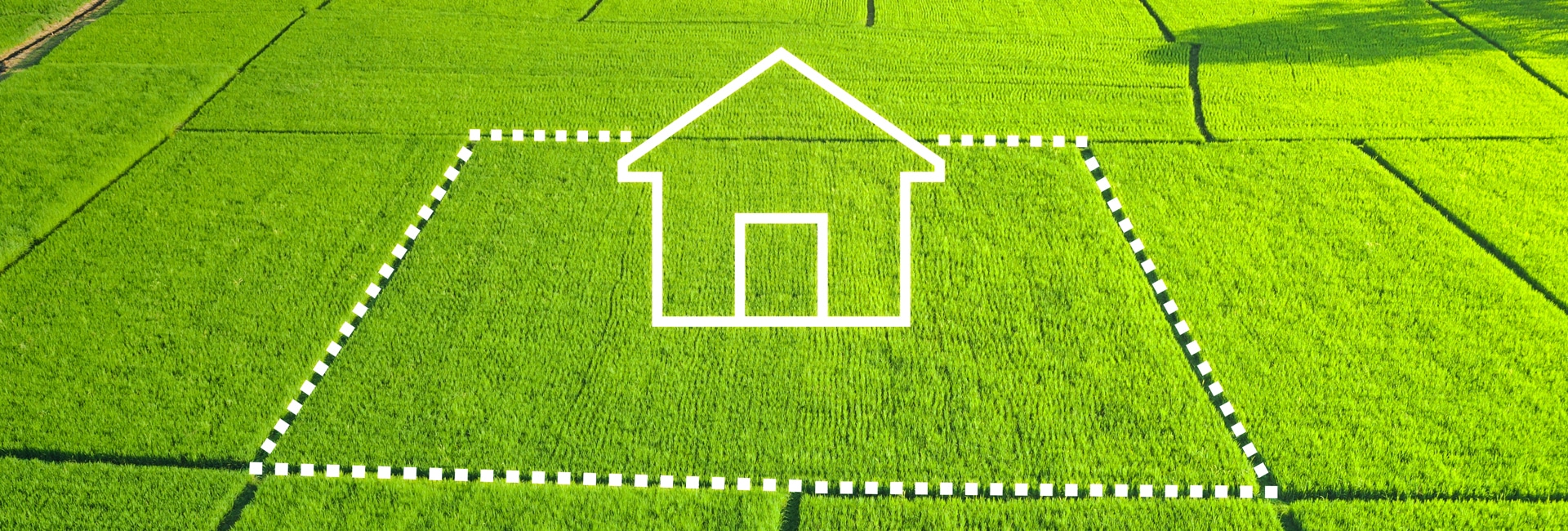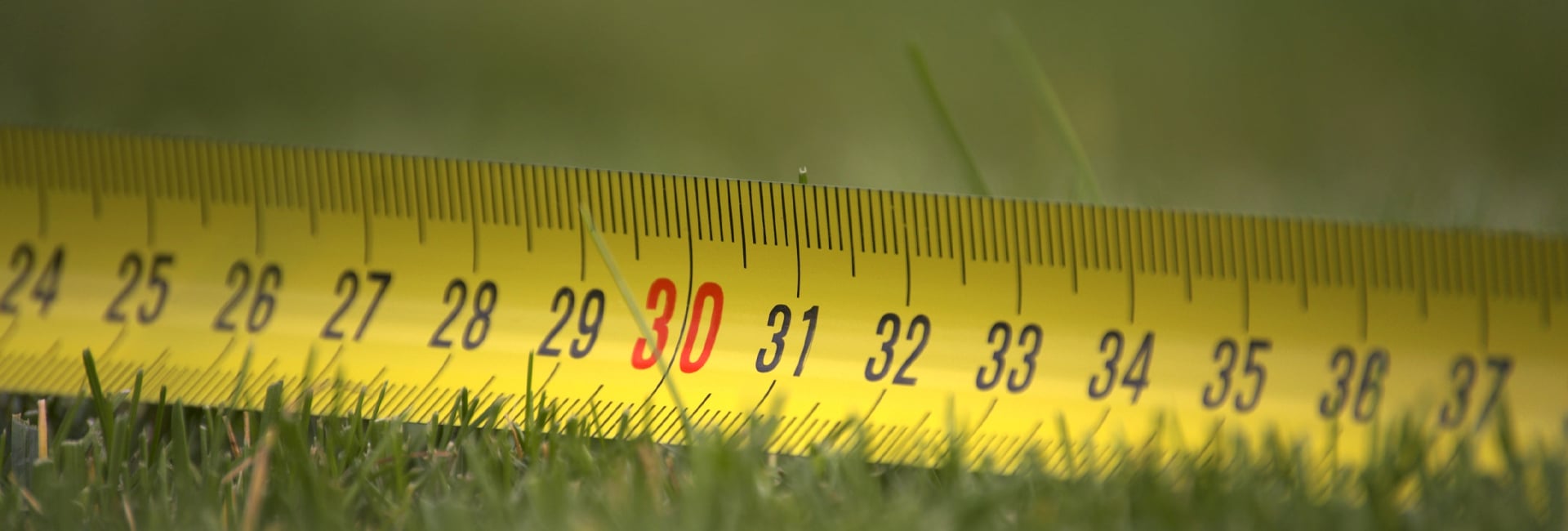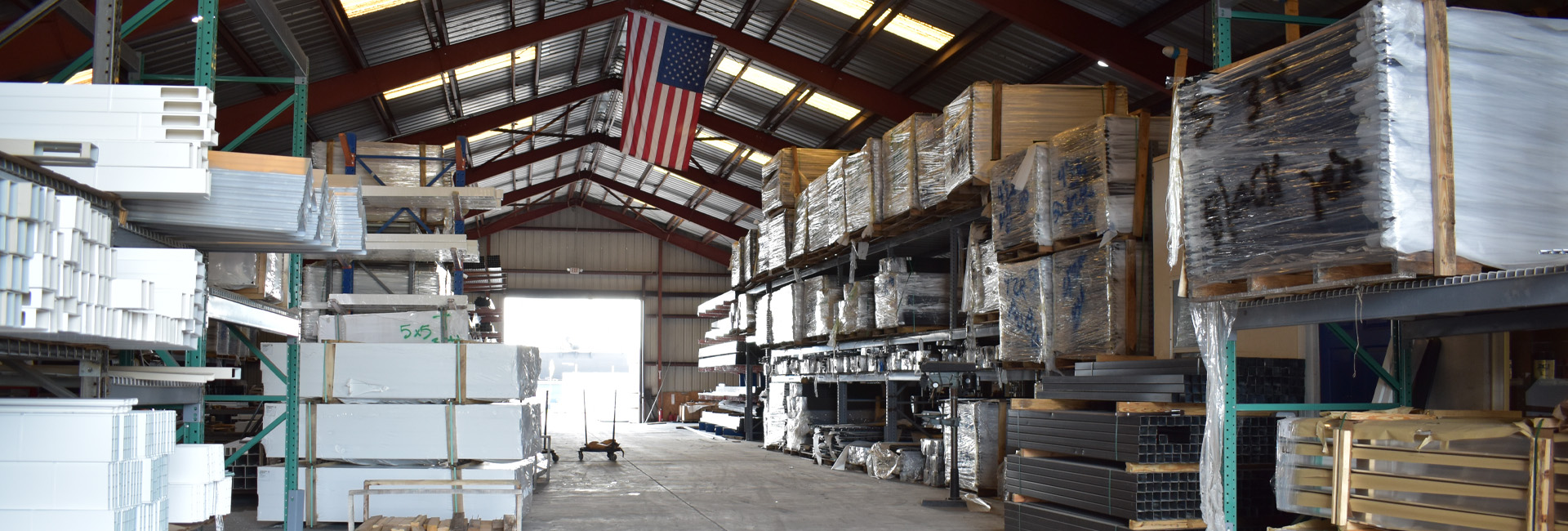How to measure for a fence in Florida
- by Brae Morales
- September 9, 2023
A Comprehensive Guide to Measuring Your Property for Fencing in South, Southwest, and Central Florida
Hello, Floridians! Fencing your property is more than just a matter of throwing up some posts and boards. It’s a complex project requiring precise measurement, planning, and, yes, a little bit of geometry.
Whether you’re a do-it-yourselfer or a homeowner who’s new to the fencing game, you need to understand the nuances of properly measuring your property for fencing.
This guide is designed to provide you with all the essential knowledge and tips to accurately measure your property like a pro. By the end of this guide, you’ll be well-prepared to request an accurate estimate from us here at Western Fence Supply, your trusted fence supply company in Fort Myers, Florida.
Disclaimer:
The information included in this article is based on general industry standards and practices. For the most accurate and personalized details, we strongly recommend calling our sales team at Western Fence Supply.
Table of Contents
- Initial Preparations: What You Need to Know
- Gathering the Right Tools: Checklist
- Understanding Property Corners and Boundaries
- Creating a Sketch: Layout Your Property
- Importance of Marking Starting and Ending Points
- Measuring the Linear Feet: How-To
- Accounting for Obstacles and Features
- Gate Planning: Types and Costs
- Finalizing Your Measurement Sheet: Best Practices
- Getting a Quote from Western Fence Supply: Next Steps

Initial Preparations: What You Need to Know
Embarking on a fencing project? Your enthusiasm is admirable, but the initial stages of planning are critical for the project’s success. A lot more goes into fencing than most people realize. Here are some crucial factors you should consider before unrolling that measuring tape:
Check Local Laws and Regulations
Building permits aren’t just for large construction projects; even your small backyard fence may need one. Check your local and county ordinances.
Share Costs with Neighbors
If your fence will be dividing your property from your neighbor’s, it might be courteous (and economical) to discuss sharing the cost of the fence. After all, both parties will benefit from the added privacy and security. Make sure to discuss materials, height, and maintenance responsibilities in advance.
Pools and Waterways: Safety First
If your property includes a pool or is adjacent to waterways, you’ll need to comply with state and local laws that usually require fencing for safety reasons. For pools, this often means a fence that’s at least four feet high and has self-closing, self-latching gates.
Street and Roadway Setbacks
Setback regulations dictate how far your fence needs to be from streets and roadways. These rules can vary widely depending on your jurisdiction, so consult local codes to ensure compliance.
Homeowners Association (HOA) Requirements
Last but not least, if you’re part of a Homeowners Association, they’ll likely have guidelines (or even strict rules) about the type, height, and color of fence you can install. Violating these rules can lead to forced removal of the fence and hefty fines, so read your HOA contract carefully.
Repair or Replace Existing Fences
If you’re replacing an existing fence, you may need to consider the costs of removal and disposal of the old fencing material. If it’s a shared fence, this will have to be negotiated with your neighbor. On the other hand, minor damages might just require some repairs. Assess the state of any existing fences to see if they can be repaired instead of replaced, as this can significantly affect your budget.
By preparing thoroughly in these areas, you’re laying a strong foundation for a smooth fencing project. Not only does this preparation make the actual installation easier, but it also helps in getting an accurate cost estimate for your fence, making it easier to budget and plan.
Next Steps
Having tackled these initial considerations, you’re now ready to move on to the more tactical aspects of your fencing project, such as gathering the right tools, understanding your property’s dimensions, and mapping out the exact specs of your fence.
So grab your tape measure, don your DIY hat, and read on to delve into the nitty-gritty details of fencing your Floridian paradise!

Tools and Equipment: The Gear You Need for Accurate Measurements
In the fencing industry, the phrase “Measure twice, cut once” is more than a catchphrase; it’s a mantra that saves time, money, and headaches. A well-executed fence starts with meticulous planning and precise measurements. If you want an accurate quote from Western Fence Supply, you’ll need to come armed with specific measurements and details. Here’s what you need for that:
Land Survey
Before you even think about buying materials, have your property professionally surveyed, especially if you don’t have a recent survey. This will not only ensure that your fence is within your property lines but also that it meets local laws regarding how close you can build to your neighbor’s property.
Locate Property Pins
Property pins are small stakes that are driven into the ground at each corner of your property, usually flush with the ground. If these pins aren’t visible, a metal detector can often help locate them. Knowing where these pins are can be essential for defining the parameters of your fence.
Rolling Measuring Wheels
A rolling measuring wheel can be your best friend when measuring the perimeter of your property. Simply reset the counter to zero, and walk the wheel along the area where you intend to place the fence. It measures as you go, offering a highly accurate measurement that you can then provide for your fencing quote.
String lines
Stringlines are indispensable for ensuring that your fence will be straight. These should be set up after you’ve measured but before you start digging any holes. The string serves as a real-world guide as you start to install the fence, ensuring that you’re building in a straight line.
Shovels for Prospecting
Before you commit to a fence line, it’s wise to do a little prospecting. Use a shovel to dig small holes along the proposed fence line to check for roots, rocks, or other obstructions that could make digging difficult or cause your fence to be uneven. If your property is particularly large, you might even consider renting a small auger to make this process faster.
Utility Marking
Don’t forget to call 811 before you dig to mark any utility lines, to avoid an accident or additional costs. It’s generally a free service and will keep you from accidentally hitting a buried utility line while digging.
By using these tools and taking these steps, you can ensure that your measurements are as accurate as possible. This is crucial for getting an accurate quote for your fence. Plus, by doing this legwork up front, you’ll make the installation process go more smoothly, whether you’re doing it yourself or hiring a contractor.
Ready to Measure?
By now, you should be equipped with the knowledge and tools you need to accurately measure your property for your fencing project. Once you’ve completed these steps, you’re ready to contact us at Western Fence Supply in Fort Myers, Florida, for a detailed and precise quote that will bring you one step closer to enjoying your new fence. Happy fencing!
Understanding Property Corners and Boundaries
Your property corners and boundaries are not just physical markers; they are legal distinctions. Identify these corners either from your property deed or by employing a land surveyor. Once identified, mark them with stakes or flags.

Creating a Sketch: Your Blueprint for a Perfect Fence
A sketch is more than a doodle on a piece of paper; it’s a preliminary blueprint for your entire fencing project. Creating a sketch allows you to visualize your project, anticipate challenges, and clarify your fencing needs, which, in turn, allows us at Western Fence Supply to give you the most accurate quote possible. Here’s a list of key aspects you should include in your sketch:
Notate Runs of Fence
Clearly mark the straight sections or ‘runs’ of your fence on the sketch. This helps determine how many fence panels you’ll need. Indicate the length of each run in feet or meters for an accurate cost estimate.
Corners
Denote where the fence takes a turn, effectively creating a corner. Corners often require specific types of posts or hardware, so noting them will help in material calculation.
Ends
Clearly mark the points where your fence will start and finish. This could be your house, a garage, or another structure. Knowing where the fence ends will help you calculate the number of ending posts you’ll need.
Transitions from One Style to Another
Are you planning on mixing it up with different styles of fencing for aesthetics or functionality? Clearly mark these transition points on your sketch and note the styles you intend to use.
Location and Dimensions of Gates
Your sketch must include where the gates will go and how wide they will be. This affects not just the cost, but also how people and vehicles will move in and out of the enclosed area.
Height, Style, and Color
Indicate the height, style, and color of the fence you envision. These factors can significantly affect the final cost and appearance of your fence.
Posts on Concrete or Decks
If any fence posts will be installed on concrete slabs or decks, note this on your sketch. These installations may require special hardware or techniques.
Surrounding a Pool or Waterway
If your fence will enclose a pool or border a waterway, that’s crucial to note, especially because there are often specific legal requirements for such fences.
By including all these elements in your sketch, you’re not just drawing–you’re planning. It can be as simple or as detailed as you need it to be, but the more information you include, the more accurate your quote from Western Fence Supply will be. Armed with your measurements and your sketch, you’re ready to get an accurate and comprehensive fencing estimate from us.
Importance of Marking Starting and Ending Points
On your graph paper, mark the exact points where the fence will begin and end. Also, consider any corners or curves in your fencing, as these may require special types of posts or additional materials.
Measuring the Linear Feet: How-To
Measure the length of each side where the fence will go using your tape measure, moving along the marked boundaries. The term “linear feet” refers to the straight-line distance from one point to another, not taking into account any elevation changes or obstacles. Make sure you note down each measurement on your sketch.
Accounting for Obstacles and Features
Be sure to measure any obstacles like trees, rocks, or inclines. You’ll need to account for these in your fencing plan, and possibly your budget. Depending on the obstacle, you may need specialized posts or fencing material, which could add to the cost.
Gate Planning: Types and Costs
If you’re considering installing a gate (or gates), measure the required width. Types of gates include:
- Pedestrian Gate: About 2-6 feet wide
- Double Vehicle Gate: 8-12 feet wide
- Sliding/Rolling/Cantilever Gate: 10+ feet wide
Each of these gate types varies in price depending on the material, and custom sizes can also influence costs.
Finalizing Your Measurement Sheet: Best Practices
Double-check your measurements to ensure accuracy. Remember to total up the linear feet, the number of gates, and any costs associated with obstacles or special requirements.

Getting a Quote from Western Fence Supply: Next Steps
You’re now armed with precise measurements and a deeper understanding of what goes into fencing your property. The next step is to contact us at Western Fence Supply for an estimate tailored to your specific needs. We offer an array of high-quality fencing materials that can fit any budget and aesthetic, from durable aluminum and chain-link to elegant vinyl and robust metal Durafence.
Conclusion
We at Western Fence Supply, your Fort Myers-based fencing experts, are dedicated to helping you make your fencing project a success. Remember, the devil is in the details, so taking the time to measure your property accurately will save you time, money, and headaches in the long run. We look forward to providing you with the highest quality fencing materials and expert advice. Contact us today for your personalized fencing estimate.
So, South Florida, Southwest Florida, and Central Florida residents, you’re all set to take on your fencing project with confidence! Thank you for choosing Western Fence Supply for all your fencing needs.
#1 Southwest FloridaFence Supply Company
Western Fence Supply is Southwest Florida’s best source for high-quality vinyl fence, aluminum fence, and chain-link fence materials. We sell to fence companies and homeowners in Lee County, Collier County, Charlotte County, and Hendry County.
Our goal is to sell superior quality fence products at wholesale prices and to deliver our fencing products to you with the highest attention to detail and with the best customer service in our industry. Take a tour of our shop by viewing this video, or click below to read our reviews. Then contact us to get started on your dream fence project today.
Start Your Fence Project















